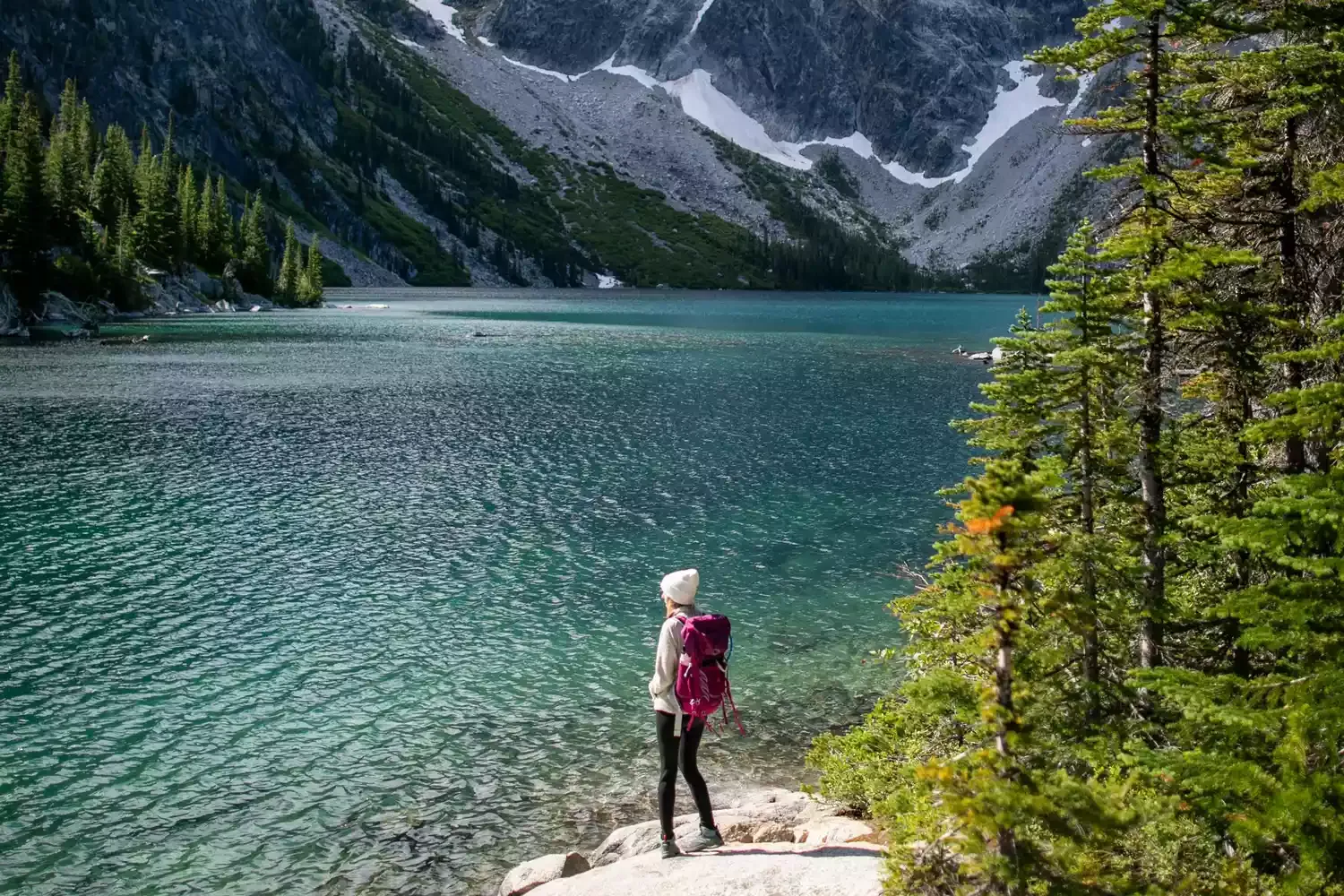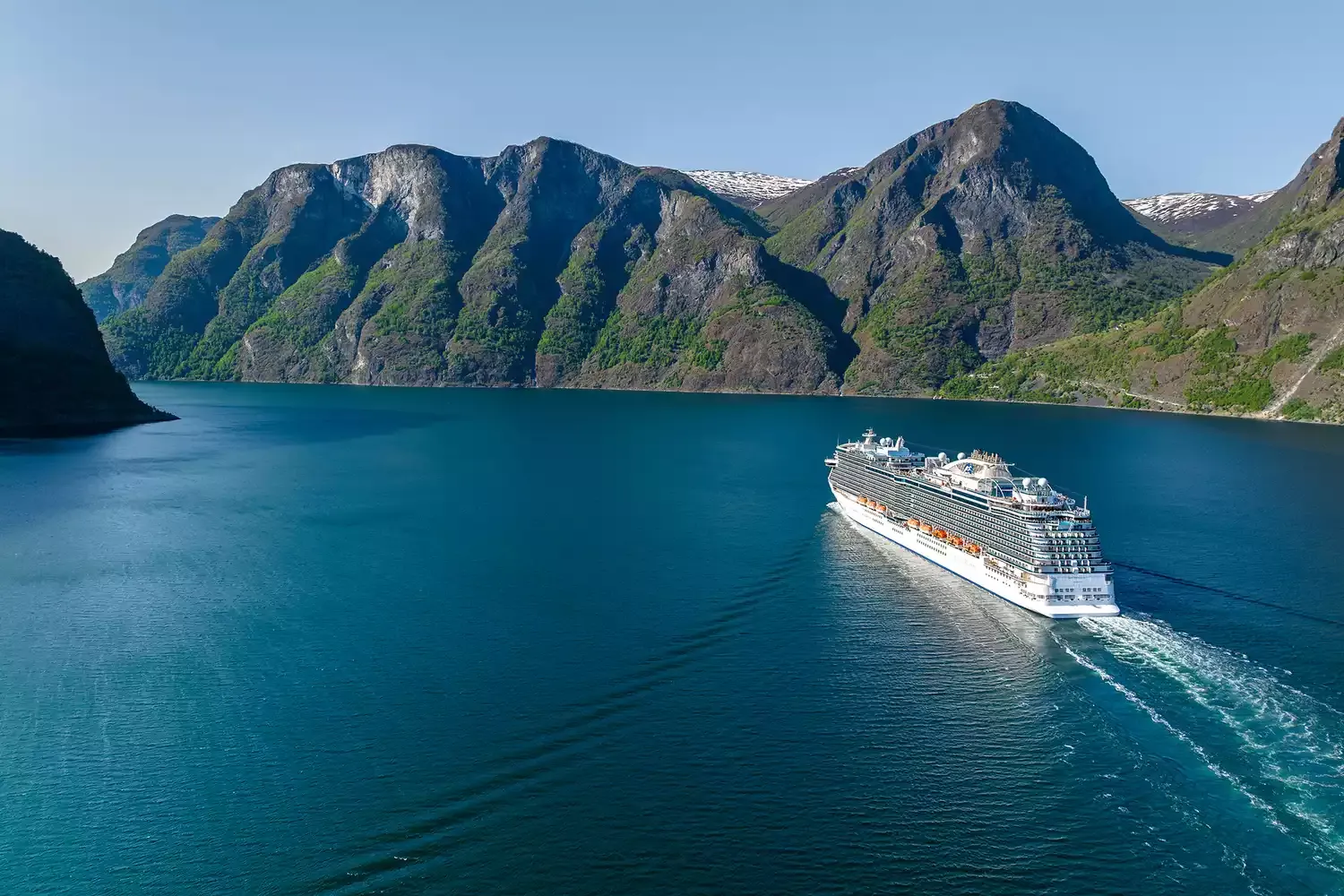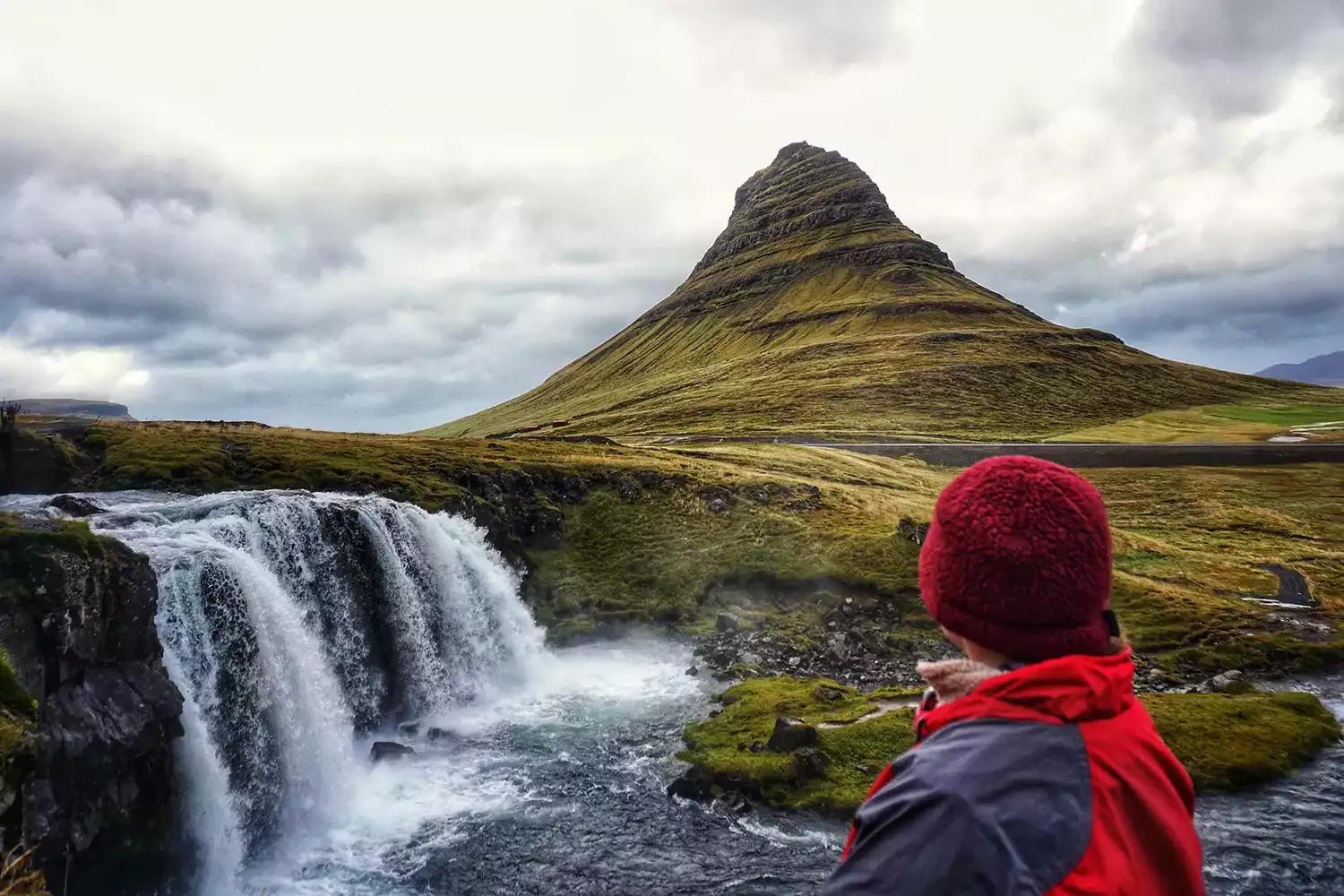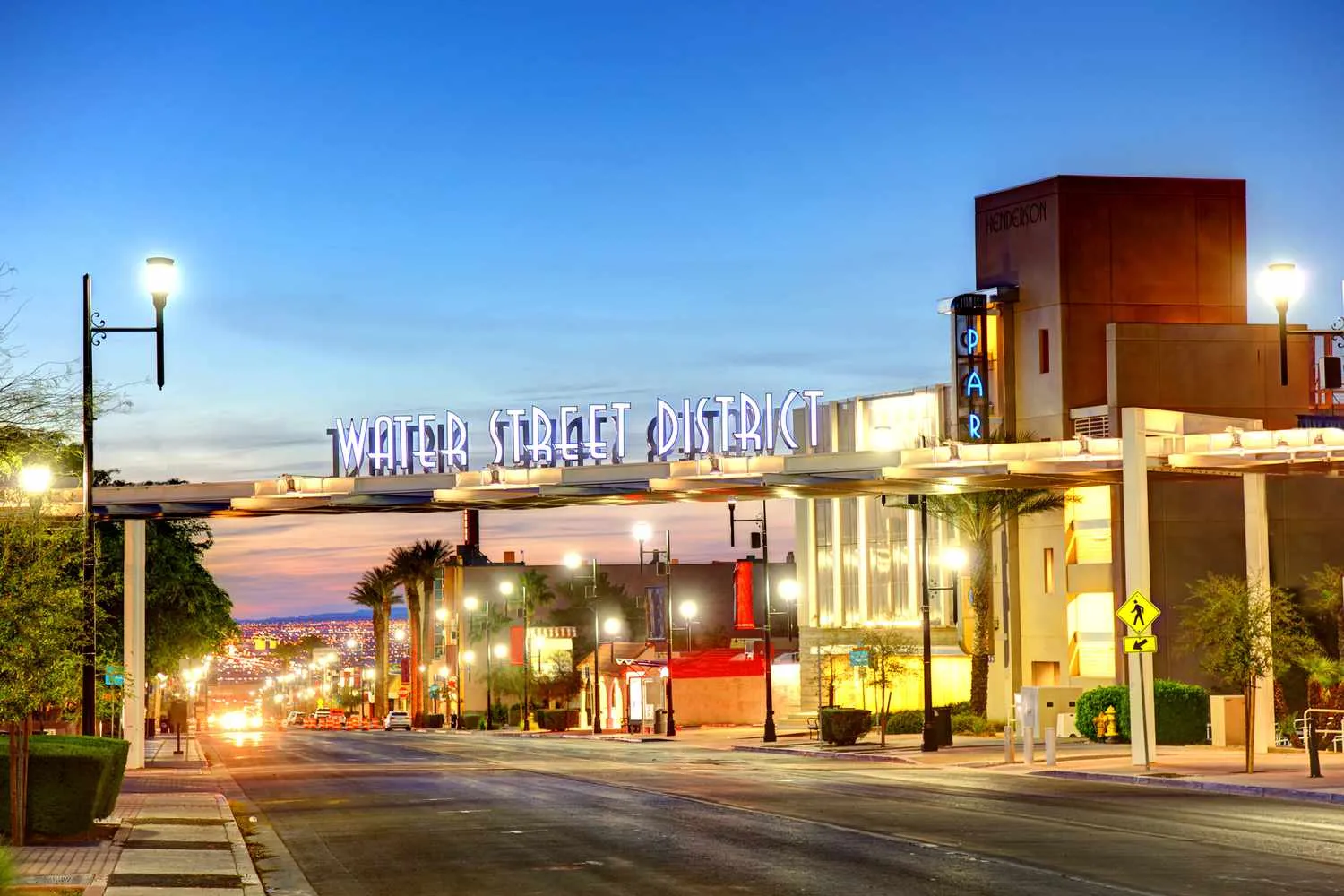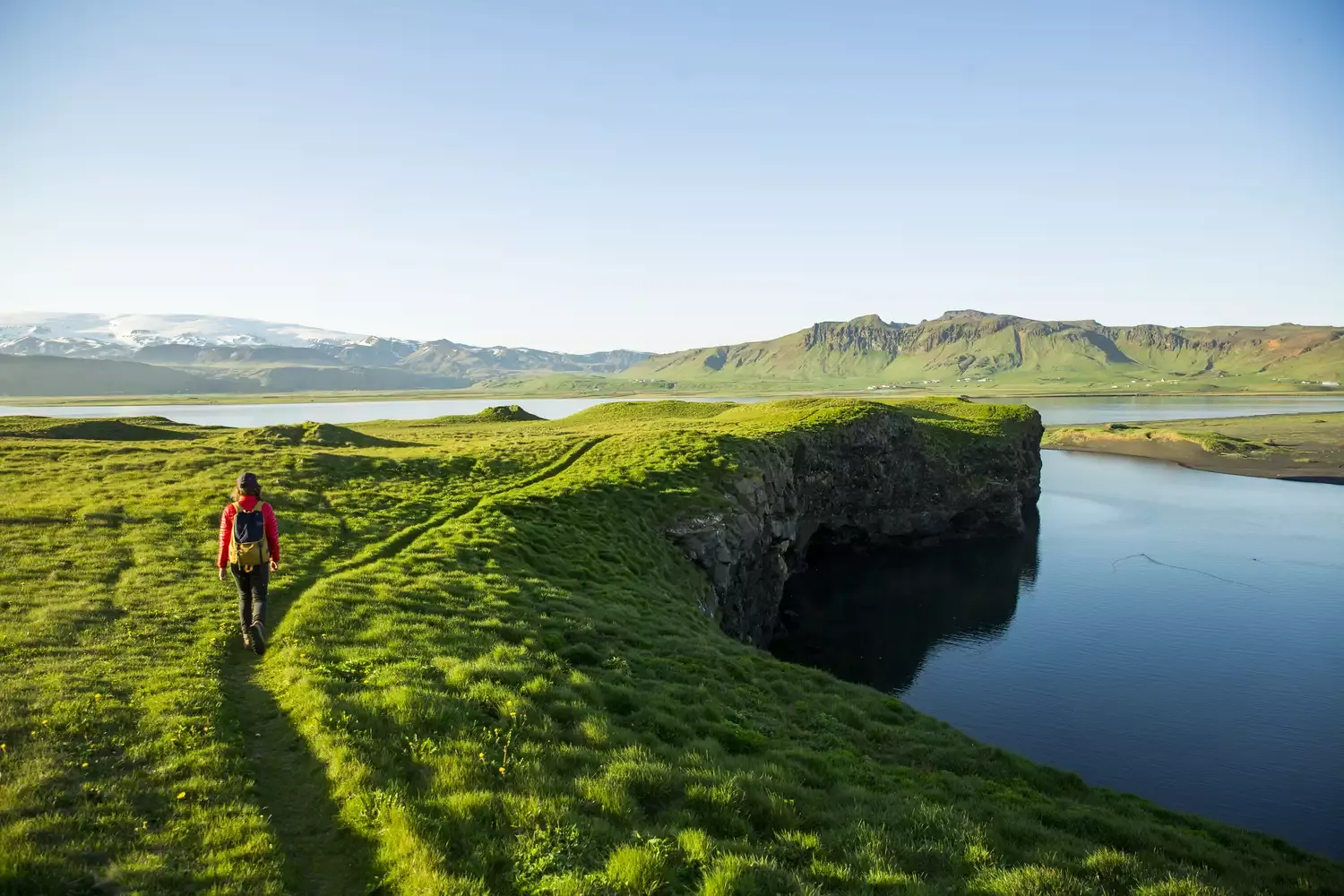
My adventure seeking almost led me onto the Titan. Years of pursuing thrilling experiences taught me invaluable lessons, especially about safety. The near miss highlighted the importance of rigorous risk assessment and thoroughly evaluating safety protocols. Now, I prioritize informed decisions and demand transparency before embarking on any expedition.
The allure of the unknown, the siren song of exploration – it’s a powerful force that has driven me to seek out adventures in some of the world's most remote and challenging environments. For years, I've chased that thrill, from scaling treacherous peaks to navigating dense jungles. My path almost intersected with tragedy when I considered joining the ill-fated Titan submersible expedition to the Titanic wreckage. While fate intervened, the experience served as a stark reminder of the delicate balance between pursuing adventure and prioritizing safety.
The Near Miss: A Wake-Up Call
I was captivated by the idea of witnessing the Titanic, a relic of history resting in the deep ocean abyss. The opportunity to descend in the Titan submersible presented itself, and for a while, I seriously contemplated it. The draw was undeniable – to be among the few to see the legendary ship firsthand. However, something held me back. A nagging feeling, a confluence of concerns about the experimental nature of the submersible and the inherent risks associated with deep-sea exploration. This unease ultimately led me to decline the offer.
When the news broke about the Titan submersible's implosion, it hit me hard. The realization that I could have been on board shook me to my core. It wasn't just a distant news story; it was a stark reminder of my own mortality and the importance of making informed decisions when engaging in high-risk activities.
Lessons Learned: Prioritizing Safety in Adventure
The Titan tragedy has reinforced several critical lessons about risk management and responsible adventure seeking. Here are some key takeaways that I now incorporate into my decision-making process:
Thorough Due Diligence is Essential: Never underestimate the importance of researching the company, the equipment, and the specific risks involved in any adventure. Don't be swayed by persuasive marketing or the allure of exclusivity. Seek out independent assessments and expert opinions. Look for certifications and compliance with established safety standards.
Understand the "Why": Question your motivations. Are you pursuing the adventure for the right reasons? Is it driven by a genuine passion for exploration, or are you seeking validation or external recognition? Understanding your "why" can help you make more rational decisions and avoid taking unnecessary risks.
Trust Your Instincts: That nagging feeling I experienced before declining the Titan offer proved invaluable. Learn to listen to your intuition. If something feels off, don't ignore it. It's better to err on the side of caution than to regret a hasty decision later.
Risk Assessment is Crucial: Carefully assess the potential risks and consequences associated with the adventure. Identify potential hazards and evaluate the likelihood and severity of each. Develop contingency plans to mitigate those risks.
Emergency Preparedness: Ensure that there are robust emergency protocols in place, including communication systems, rescue plans, and trained personnel. Understand what resources are available in case something goes wrong.
The Cost of Adventure: Consider not only the monetary cost but also the potential human cost. Is the reward worth the risk? What are you willing to sacrifice for the experience?
A New Perspective on Adventure
While the Titan submersible incident has instilled a greater sense of caution, it hasn't extinguished my passion for adventure. Instead, it has given me a renewed appreciation for the importance of responsible exploration. It’s about seeking challenges while prioritizing safety and respecting the inherent risks of the unknown.
My adventures now involve a deeper level of planning, preparation, and awareness. I'm more selective about the experiences I pursue, focusing on those that align with my values and allow me to push my boundaries in a safe and controlled environment. The goal is no longer just to conquer a mountain or explore a remote location, but to do so in a way that minimizes risk and respects the environment and the people involved.
Risk Assessment Matrix
To further illustrate the importance of risk assessment, consider this simplified matrix:
Risk Category |
Description |
Likelihood |
Severity |
Mitigation Strategies |
|---|
Equipment Failure |
Malfunction of critical equipment (e.g., submersible components) |
Low |
Catastrophic |
Redundant systems, rigorous maintenance, pre-dive checks |
Navigation Error |
Getting lost or disoriented underwater |
Medium |
High |
Advanced navigation systems, trained pilots, backup navigation plans |
Environmental Hazards |
Unforeseen events such as strong currents, underwater landslides |
Low |
Severe |
Weather monitoring, real-time data analysis, experienced guides |
Communication Failure |
Loss of communication with the surface vessel |
Medium |
High |
Redundant communication systems, satellite phones, emergency beacons |
Medical Emergency |
Sudden illness or injury during the dive |
Low |
High |
Medical personnel on board, emergency medical kits, evacuation plans |
This table demonstrates how to evaluate potential risks based on their likelihood and severity, and then develop strategies to minimize their impact. This proactive approach is essential for ensuring safety in any adventure.
The Future of Adventure
The Titan submersible incident should serve as a catalyst for change in the adventure tourism industry. There needs to be greater transparency, stricter regulations, and a stronger emphasis on safety protocols. Consumers also have a responsibility to be informed and discerning, asking tough questions and making informed decisions about the adventures they choose to pursue.
By learning from the past and embracing a culture of safety, we can continue to explore the world's wonders while minimizing the risks and ensuring that adventure remains a source of enrichment, not tragedy. I will continue my pursuit of adventure, armed with these lessons and a renewed commitment to responsible exploration. The world is vast and full of wonders, and I believe we can experience them safely and responsibly. The Titan submersible tragedy will forever be a reminder of the importance of respecting the power of nature and prioritizing safety above all else in the pursuit of adventure.




